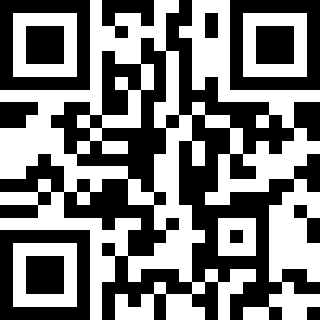Search or Seek: Google’s Contribution to Infinite Intelligence
Introduction
Google, as a pioneer in internet technology, has made significant contributions to the concept of “infinite intelligence.” Through its search engine and related technologies, Google has revolutionized how we access and utilize information, embodying the essence of “search or seek and you shall find.” This exploration will delve into Google’s role in shaping infinite intelligence, emphasizing its search capabilities and their impact on knowledge accessibility.
1. The Genesis of Google Search
A. Early Development
Google’s journey began in 1998 with the mission to organize the world’s information and make it universally accessible and useful. The search engine was developed by Larry Page and Sergey Brin while they were Ph.D. students at Stanford University. Their innovative PageRank algorithm, which ranked web pages based on their link structures, set the foundation for a search engine capable of delivering highly relevant results.
B. Evolution of Search Technology
Over the years, Google has continuously refined its search technology, incorporating machine learning, natural language processing, and AI-driven algorithms. These advancements have transformed search from a simple keyword-based query system to an intelligent platform that understands context, intent, and nuances of human language.
2. Advanced Algorithms and Machine Learning
A. Introduction of RankBrain
In 2015, Google introduced RankBrain, an AI system that uses machine learning to process search queries. RankBrain helps Google interpret complex and ambiguous queries by understanding the relationship between words and concepts, enhancing the search engine’s ability to deliver accurate and relevant results.
B. BERT Model Implementation
In 2019, Google integrated the BERT (Bidirectional Encoder Representations from Transformers) model into its search algorithms. BERT enables Google to grasp the context of words in a search query by considering the entire sequence of words, rather than analyzing each word in isolation. This breakthrough significantly improved the search engine’s ability to understand natural language queries.
3. Knowledge Graph and Semantic Search
A. Building the Knowledge Graph
Google’s Knowledge Graph, introduced in 2012, is a vast database that connects facts about people, places, and things. By leveraging the Knowledge Graph, Google can provide direct answers to user queries, offering a richer and more informative search experience.
B. Enhancing Semantic Search
Semantic search focuses on understanding the meaning behind search queries rather than matching keywords. Google’s advancements in semantic search allow it to interpret user intent more accurately, providing results that are contextually relevant and tailored to the searcher’s needs.
4. AI and Personalization
A. Personalized Search Results
Google uses AI to personalize search results based on a user’s search history, location, and preferences. This personalization ensures that users receive the most relevant information tailored to their unique context, enhancing the overall search experience.
B. Voice Search and Virtual Assistants
With the rise of voice-activated devices like Google Home, voice search has become increasingly popular. Google Assistant, powered by advanced AI, enables users to perform searches and receive information through natural language conversations, making the search process more intuitive and accessible.
5. Future Prospects: Beyond Traditional Search
A. Augmented Reality (AR) and Visual Search
Google is exploring new frontiers in search technology, such as augmented reality (AR) and visual search. Tools like Google Lens allow users to search the web using images captured by their smartphone cameras, providing real-time information and enhancing the search experience through visual recognition.
B. Integration with Internet of Things (IoT)
As the Internet of Things (IoT) expands, Google is working on integrating search capabilities with IoT devices. This integration aims to create a seamless and interconnected ecosystem where information can be accessed and utilized effortlessly across various smart devices.
Conclusion
Google’s contributions to the realm of infinite intelligence through its search technologies have profoundly impacted how we access and interact with information. From the early days of the PageRank algorithm to the sophisticated AI-driven systems of today, Google has continually pushed the boundaries of search, embodying the principle of “search or seek and you shall find.” As technology continues to evolve, Google’s commitment to innovation ensures that the quest for infinite intelligence will only become more dynamic and accessible.

